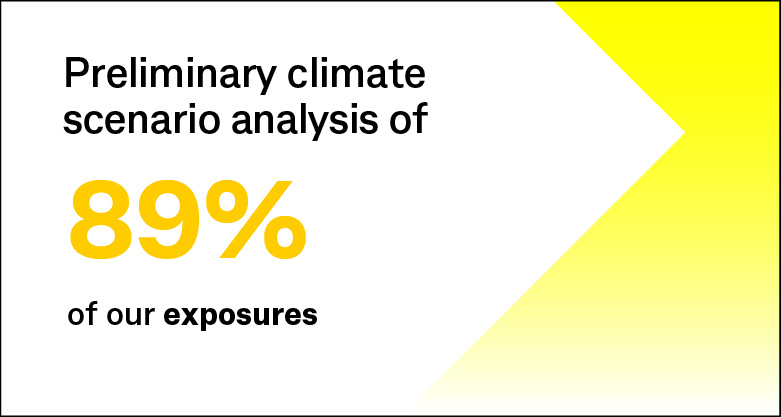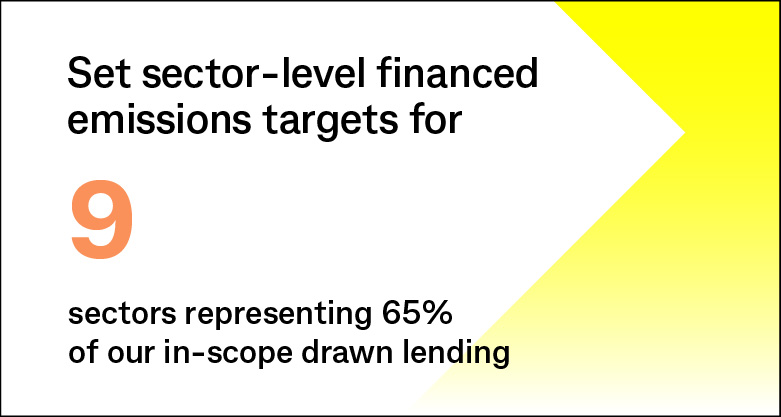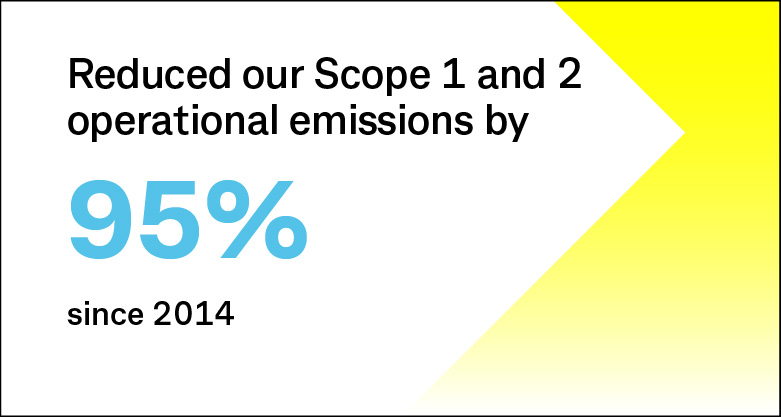Help & support
For more information, including definitions and calculations, see the Climate Report.




We support Australia’s transition to a net zero economy by 2050. In supporting this ambition, our actions need to align with our purpose - building a brighter future for all - and aim to be inclusive. We remain committed to managing the risks and opportunities of climate change, and supporting our customers.
A critical step to achieving net zero by 2050 for Australia, is a net zero electricity grid.
We have been disclosing our progress, performance and plans in line with the recommendations of the Task Force on Climate-related Financial Disclosures (TCFD) since 2018. This year we have made progress against our Environmental & Social and Net-Zero Banking Alliance commitments.
As Australia’s largest bank, we recognise the role we can play in supporting Australia’s transition to a net zero economy by 2050.
Providing effective governance of environmental issues enables the Board to oversee the Bank’s management of climate-related risks and opportunities.
Climate-related risks can have different impacts on our customers, people, communities and the Bank. Our risk approach seeks to ensure we understand and address these impacts.
We set targets and track progress related to our climate strategy.
This section describes the calculations, methodologies, assumptions and key references used in preparing the 2023 Climate Report.
Read more about the supporting information and assumptions made in the Climate Report
Guidance on forward‑looking statements and climate information as reported in the 2023 Climate Report.
The 2023 Annual General Meeting was held on Wednesday, 11 October 2023. Learn more.